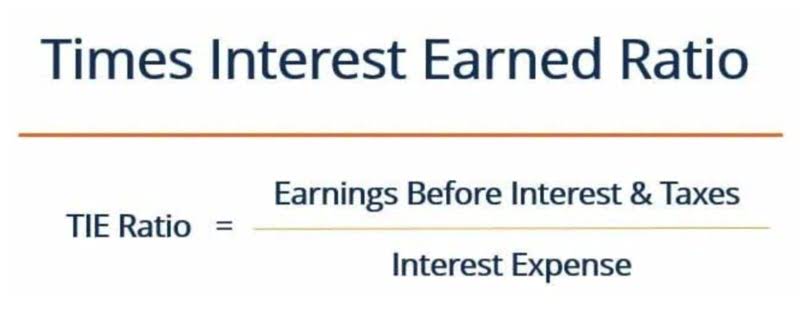
To provide as much beneficial information as possible, managerial accounting relies on a number of techniques. These techniques include forecasting, financial planning, and trend analysis, standard costing, budgetary control, funds flow analysis, and revaluation accounting. Managerial accountants engage in cash flow analysis to identify the impact of business decisions on the cash flow of a company. This cash flow concerns activities surrounding outflowing operational costs, outflowing investments, and in-flowing financing of a business. Managerial accounting is defined as the process of gathering, analyzing, interpreting, and sharing financial data with managers so that the goals of a company can be met. Managerial accounting serves as the financial navigation system for business managers, translating complex data into actionable insights that drive better decisions.
What do Management Accountants do?
Management accountants contribute to strategic planning by providing financial data and analysis that informs the development of the organization’s long-term goals and plans. Mark explains that the pillars of managerial accounting include planning, decision-making, and control. Managerial accounting information is primarily for internal management within an organization. This data is tailored to assist managers in their roles, rather than for public reporting or regulatory compliance. It emphasizes planning and forecasting for future decisions, helping guide strategic initiatives and resource allocation.

Managerial Accounting Versus Financial Accounting

The Generally Accepted Accounting Principles (GAAP) set by the Securities Exchange Commission (SEC) and standards set by the Financial Accounting Standards Board( FASB) are the primary regulatory gym bookkeeping standards in the US. Apart from this, however, there are other grounds on which these two accounting types differ. Compare top brands offering free accounting software, including ZipBooks, Expesify, Harvest, and more. Number of units to be produced and sold as well as the required inventory levels at the beginning and end of the budget period. Access and download collection of free Templates to help power your productivity and performance.
Common Calculations used in Capital Budgeting:
Ideally, having at least five years of professional experience will help you advance into management positions in finance; however, you can get certified with a minimum of two years of experience. The whole company, each department, and each employee in a company are considered in a performance report. It remains a good tool in properly managing business objectives and improving business workflow and day-to-day operations. Revaluation accounting involves the act of recording increases or decreases in the value of a fixed asset.
✅ 2. Improved Budget Accuracy

The first principle is that the data provided by a managerial accountant should be relevant. By doing this managers can obtain the necessary data to inform their decisions.Third, accountants must be able to analyze the efficiency of their managerial accounting operations and identify the scope for improvements. By assessing opportunities and risks, they should be able to run simulations on the data to predict future outcomes and determine which outcome is best pursued.
Principles of Management Accounting
As we will discuss in further detail below, there are some general functions and reports that companies will create for managerial accounting. However, it’s at the discretion of each manager to determine how they want to present and format this data. Product costing and valuation is a type of management accounting that involves determining the total costs of producing products or services. The costs can be broken down into categories such as direct, indirect, fixed, or variable costs.
Supporting Business Growth
The crucial key metrics taken into account are the net present value (NPV) and internal rate of return (IRR). Information such as return on equity, debt to equity ratio, and total return on invested capital helps a company to properly manage the exploitation and repayment of financial leverage. Cash flow analysis measures the impact of a particular transaction on the final financial position of a company. The cash inflow and outflow resulting from a single transaction are recorded and what is managerial accounting used for considered.
Inventory Management
It aims at presenting contra asset account external stakeholders with information about the financial health of the company. For small or sole proprietary businesses, the owner of a business is usually part of the management. Nonetheless, information from managerial accounting is used by the internal administrators of a company that make the decisions.
- Whether you’re a business owner, operations manager, or aspiring accountant, understanding the fundamentals of managerial accounting can improve your ability to plan, analyze, and optimize your company’s performance.
- The key function of managerial accounting is to help managers make informed decisions that improve efficiency and profitability.
- Accounts receivable (AR) management involves the process of resolving outstanding accounts, collecting on receivers, and analyzing credit risk, which is crucial for a business to operate and generate revenue.
- In other words, management accounting involves more specialized analysis than financial accounting does.
- Managerial accounting translates complex data into actionable insights, helping managers understand cost drivers, analyze production efficiency, and evaluate various business scenarios.
- It is the core of what is referred to as management accounting.And it assists business leaders with sound judgment about pricing, investment, growth, and reducing cost.
What are the functions of managerial accounting?

Managerial accounting comprises specialized areas that address different aspects of a business. Let’s explore the key methodologies that form the tool kit of today’s managerial accountants. Finally, the break-even analysis aids accountants in determining price points for products and/or services offered by the company.
#6 – Accounts Receivable Management
By analyzing costs, you can set prices that cover expenses and ensure profitability. Budgets, cost analysis, forecasting, variance analysis, and performance reports are common. It’s the process of collecting, analyzing, and presenting financial data to help you manage your business. Trend analysis and forecasting is a procedure that is primarily involved with the identification of the patterns and trends of product costs. The procedure also includes the investigation and identification of abnormal variances from the estimated values as well as the reasons for such variances. Capital budgeting is concerned with the analysis of information required to make the necessary decisions pertaining to capital expenditures of the business.

Recent Comments